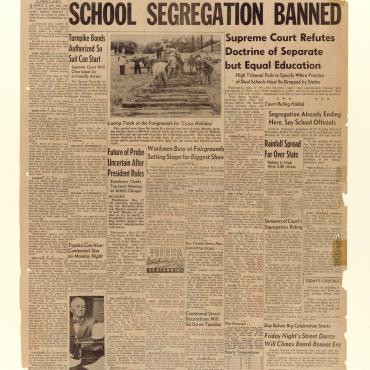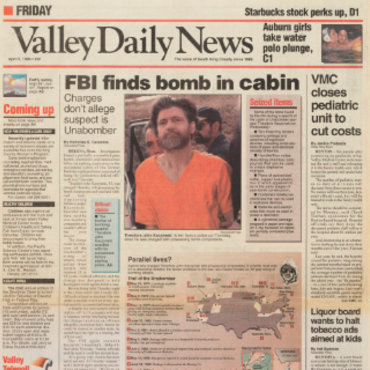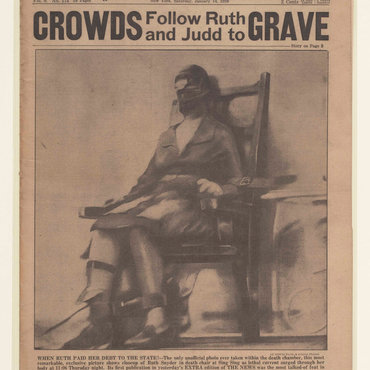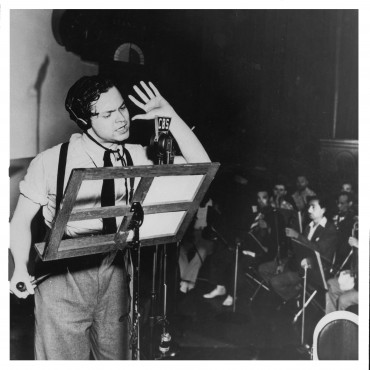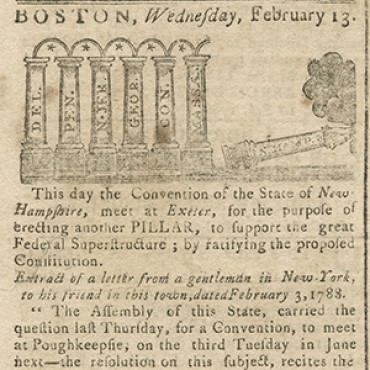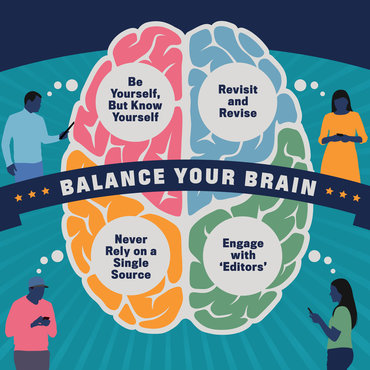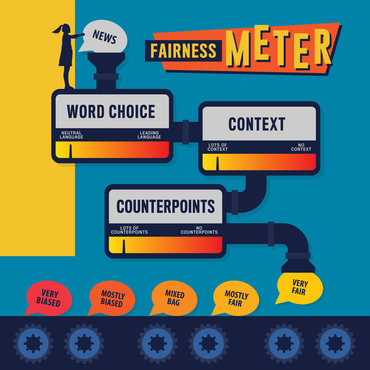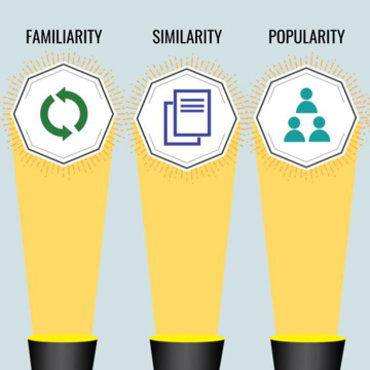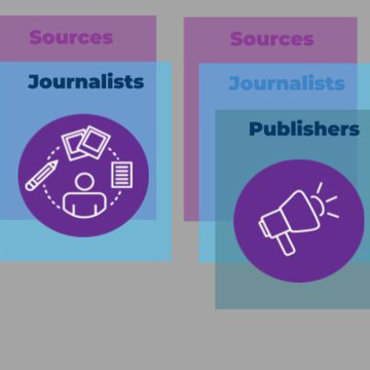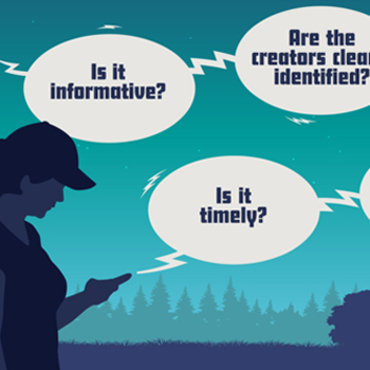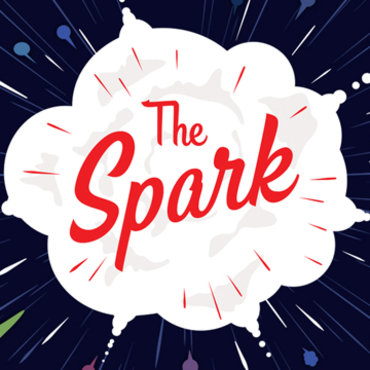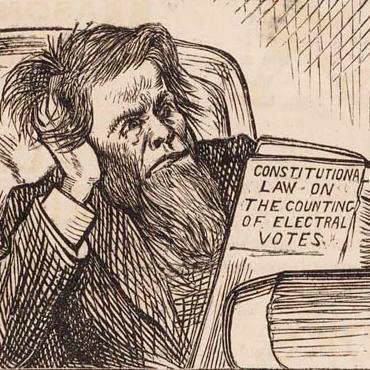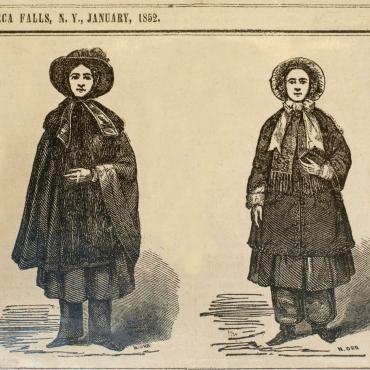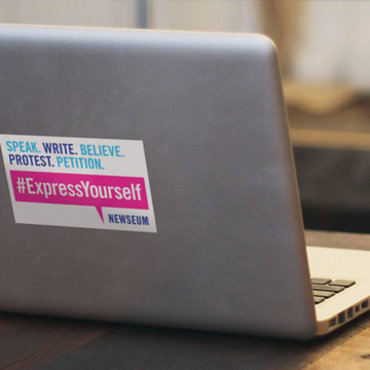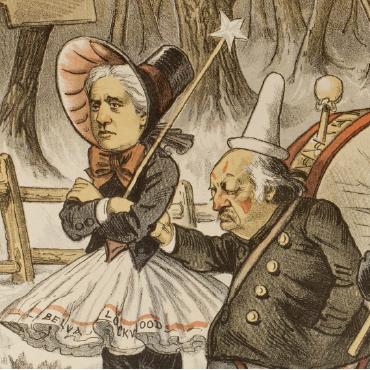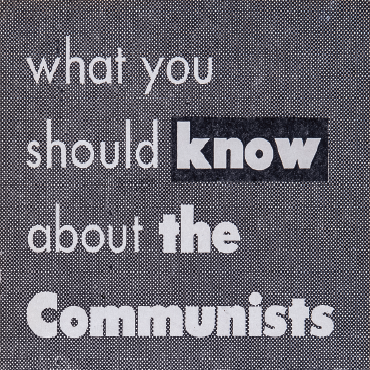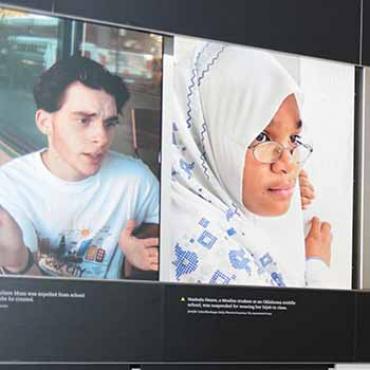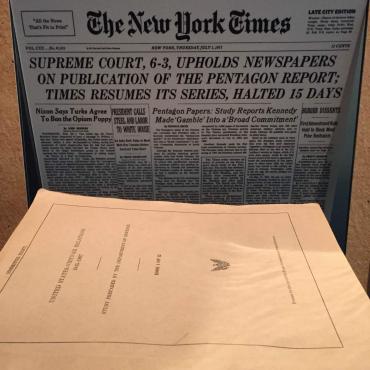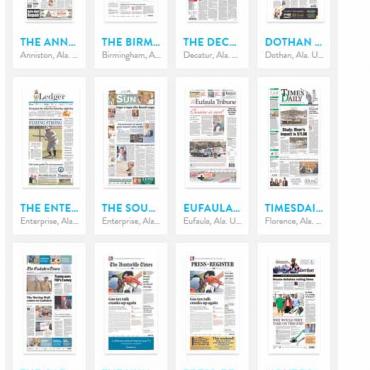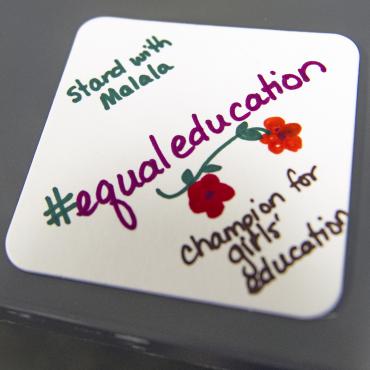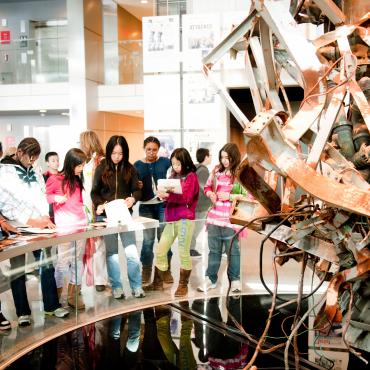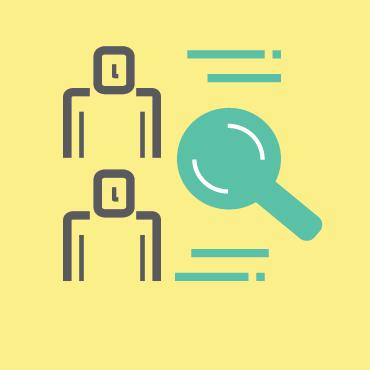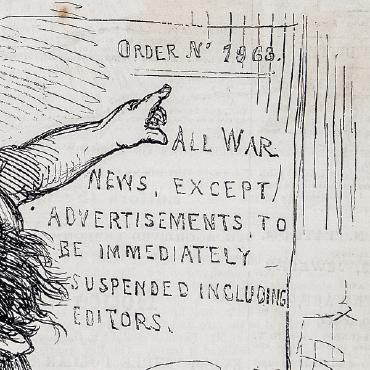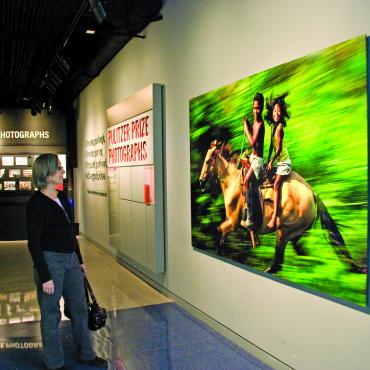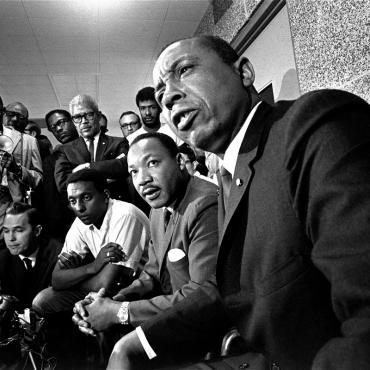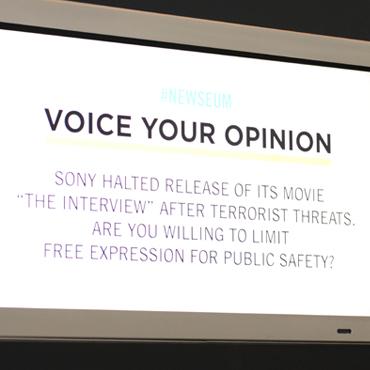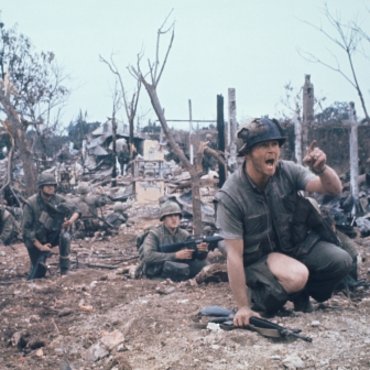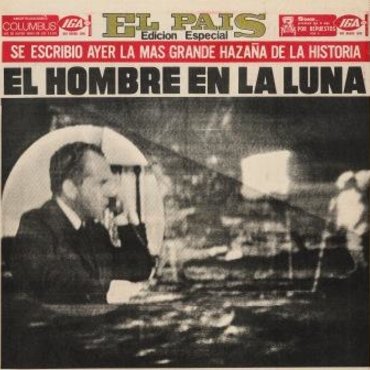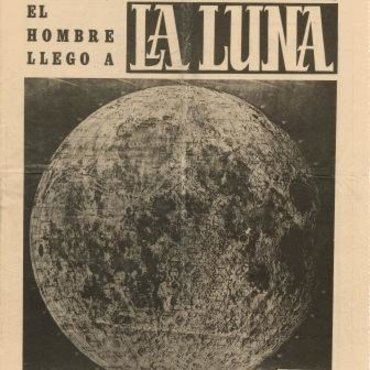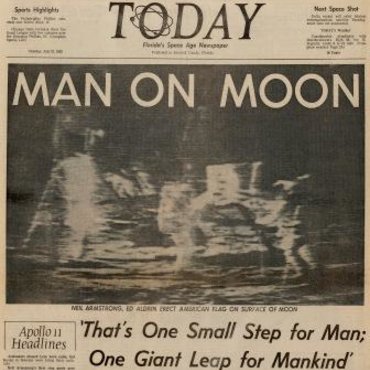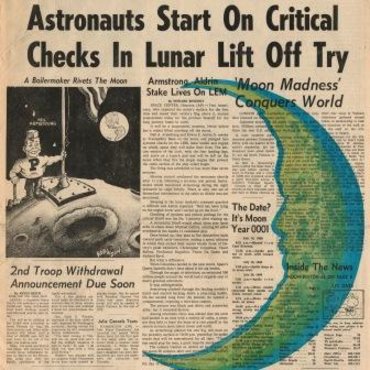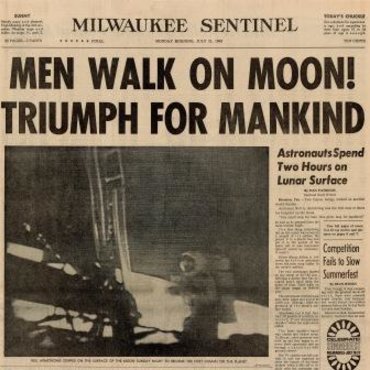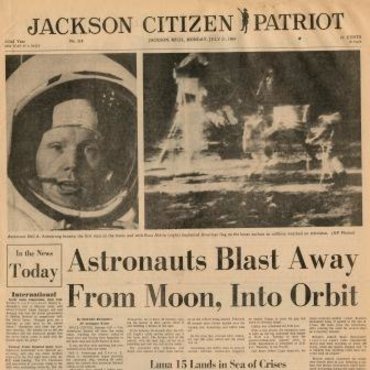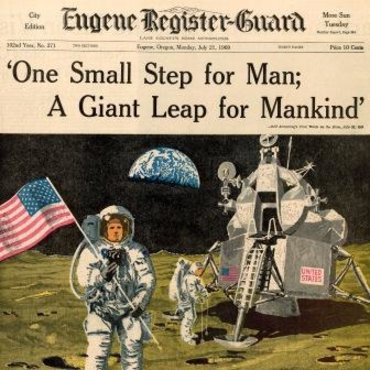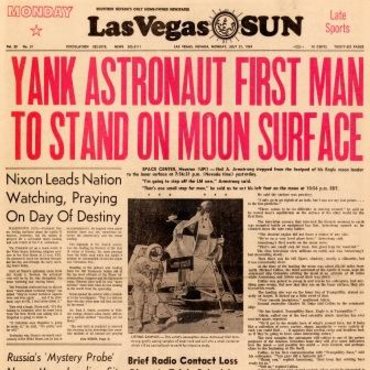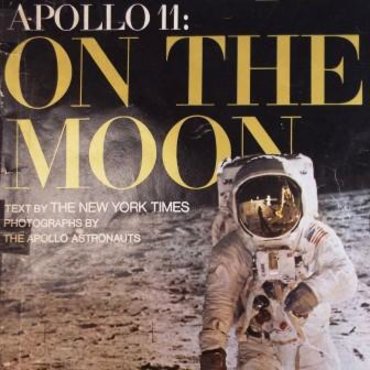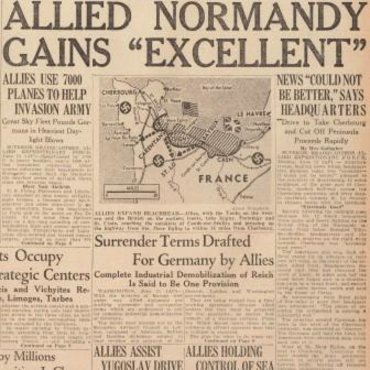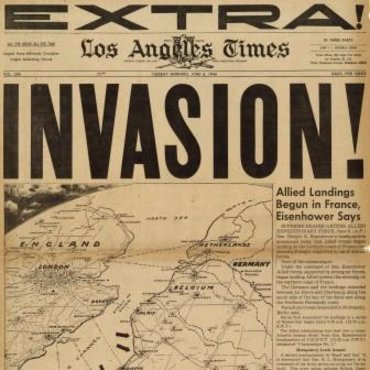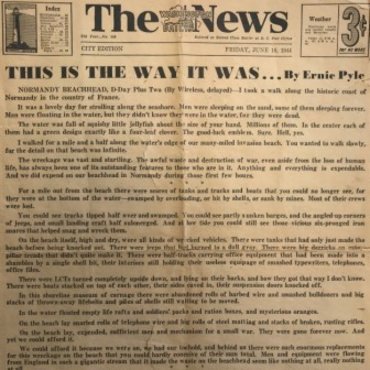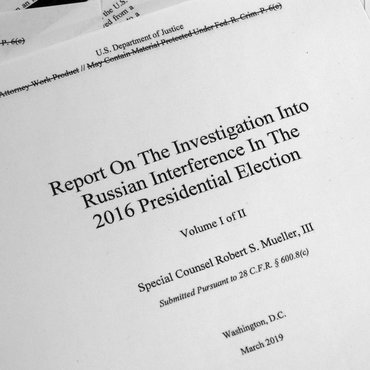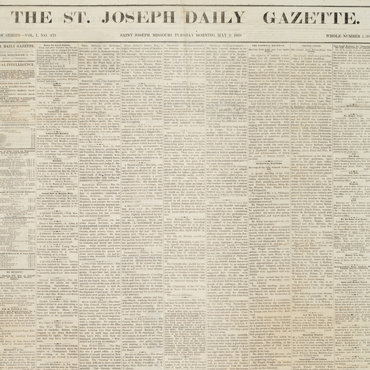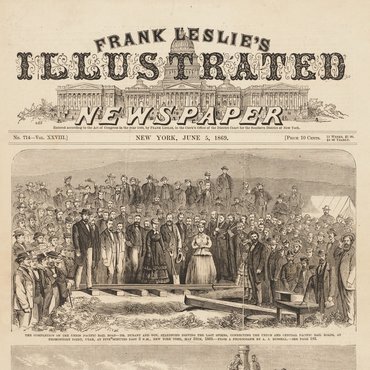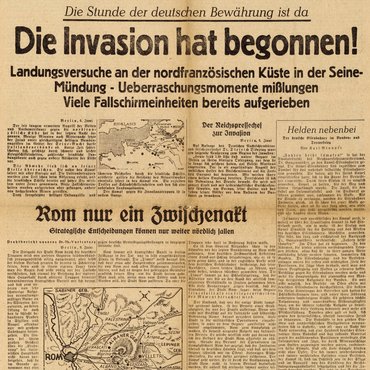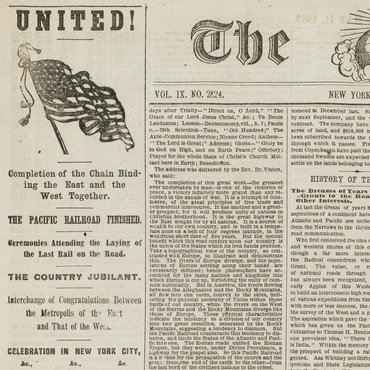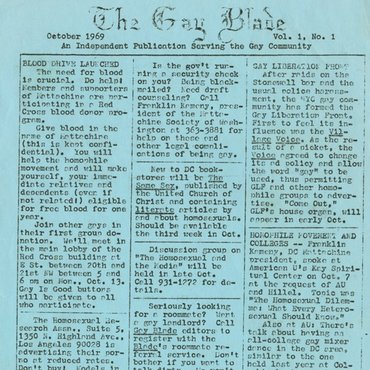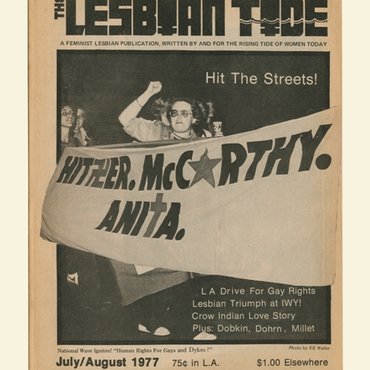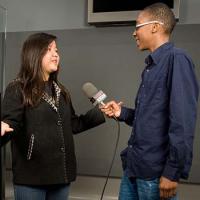
The Speed of News: Are You a Star Reporter?
This activity introduces students to the variety of places a good reporter goes to for information and the importance of documenting sources.
Get even more great free content!
This content contains copyrighted material that requires a free NewseumED account.
Registration is fast, easy, and comes with 100% free access to our vast collection of videos, artifacts, interactive content, and more.
NewseumED is provided as a free educational resource and contains copyrighted material. Registration is required for full access. Signing up is simple and free.
With a free NewseumED account, you can:
- Watch timely and informative videos
- Access expertly crafted lesson plans
- Download an array of classroom resources
- and much more!
- Journalism
- 3-6
<ol>
<li>Divide students into pairs and distribute a selection of sources and the worksheet to each twosome.</li>
<li>Tell them: One of the ways reporters find out information for their stories and develop news story ideas is to regularly search through a variety sources, such as in print, online, and on TV and radio. Explain that it is important for reporters to document where they find information, not only the type of source (such as magazine) but the specific name (e.g. <em>Time</em> magazine). This careful documentation helps the reporter keep track of their research. But, more importantly, by identifying their sources they are upholding an important journalistic standard: always let your audience know where you got your information!</li>
<li>Direct the pairs to work together, but designate one of the students to write their answers on the worksheet.</li>
<li>Once the worksheets are completed, compile the answers from the different pairs on the board for all students to see.</li>
</ol>
- Are You a Star Reporter worksheet (download), one per pair for an in-class activity or one per student for homework assignment
- A compilation of varied news sources for students to explore: newspapers, bookmarks to online stories, YouTube clips and websites, etc (or consider assigning the activity for homework)
<ul>
<li>What sources did their research reveal?</li>
<li>Are there any other sources of information that are missing from the list?</li>
<li>When documenting sources, is there additional information that would be important to record (for example, date or author)? Why would those be important to include?</li>
</ul>
-
Common Core State Standards: CCSS.ELA-LITERACY.CCRA.R.1
Read closely to determine what the text says explicitly and to make logical inferences from it; cite specific textual evidence when writing or speaking to support conclusions drawn from the text.
-
National Council of Teachers of English: NCTE.8
Students use a variety of technological and information resources (e.g., libraries, databases, computer networks, video) to gather and synthesize information and to create and communicate knowledge.
